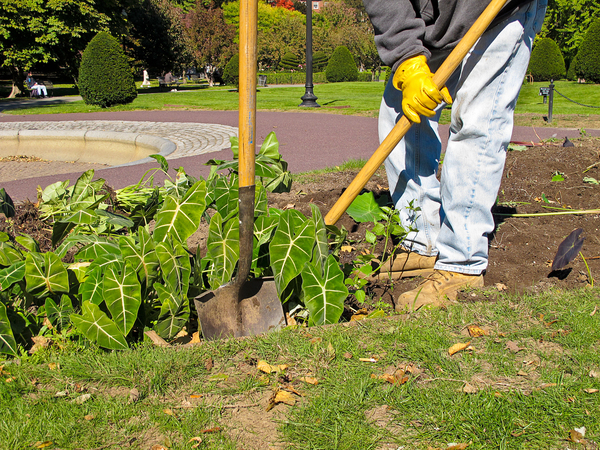How to Prepare and Use Fern Slurry
Summary
– Step 1: Harvest the fern
– Step 2: Prepare the fern slurry
– Step 3: Strain and store
– Step 4: Use fern slurry
Less known than nettle or comfrey manure, fern manure is all the more interesting to make because the raw material is abundant in the woods and moors. Pure or diluted, it has many properties, notably insecticidal. It is useful for both the vegetable garden and the ornamental garden.
Making your own fern slurry is within everyone’s reach. Here is the recipe and advice to prepare and use a completely organic fern purin.
1. Harvest the fern
Eagle fern – which grows spontaneously in the undergrowth, on moors and along roadsides – is suitable for making fern slurry. So take advantage of a walk in the countryside or the forest to make your harvest:
– Harvest the fern between June and mid-August.
– Choose ferns that do not have small brown balls under the leaves: these small balls are nothing more than clusters of sporangia or fern seeds. By picking them, you could unintentionally plant ferns in your garden.
– Cut the fern stems with pruning shears to avoid injury, as the fronds are sharp.
2. Prepare the fern slurry

The preparation of the fern slurry takes about 2 weeks:
– Coarsely chop 1 kg of fresh fern leaves.
– Put them in a wooden or plastic container (not metallic to avoid oxidation).
– Add 10 litres of water (preferably rainwater, less calcareous).
– Cover the mixture with a piece of cloth.
– Stir the maceration every day with a stick to promote fermentation.
– Let this mixture macerate for about 15 days:
◦ The exact fermentation time depends on the ambient temperature: it can be shortened if it is scorching or lengthened in the opposite case.
◦ The slurry is ready when there are no more bubbles on the surface, indicating that fermentation is complete.
3. Strain and store

– Put on gloves and filter this macerate to remove all residues and obtain a clean liquid: stretch a thin cloth over the second 10-litre container and gently pour the macerate through the fabric. Keep the rubble of the maceration.
– Using a funnel, pour the slurry into non-transparent plastic bottles (milk bottles are acceptable).
– Close tightly.
– Store away from heat and light: with these precautions, you can keep the liquid manure for several weeks.
Beware: fern slurry smells very bad! Please make arrangements to make it in a remote place where the smell will not bother you too much.
4. Use the fern slurry
You can use fern slurry as a repellent against insects, slugs and snails, as a treatment against certain diseases or as an organic fertilizer.
Keep insects away
Fern manure has a remarkable action not only as a preventive but also as a curative against insects, especially aphids.
– Against aphids (including the woolly aphid, which is very difficult to control with chemical insecticides) and mealy bug:
◦ Preventive action: spray plants (with a pressure sprayer) with fern slurry diluted to 10% (1 litre of slurry for 10 litres of water).
◦ Curative action: spray pure, undiluted fern purin on affected plants. Repeat the treatment at least twice a week for two weeks.
– Against wireworm larvae:
◦ Before planting your potatoes, water the soil (with a watering can) with 10% diluted fern mash.
◦ A week later, repeat the operation, then plant your potatoes.
Fight against certain diseases
The fern purin has a preventive and curative action against cryptogamic diseases. Such as rust and powdery mildew: spray it pure, undiluted, on the affected plants.
Adopt it as an organic fertilizer
Rich in potassium and magnesium, fern slurry is a good fertilizer:
– Dilute it at 10% in a watering can.
– Water directly at the foot of the plants concerned.
Use it as a repellent against slugs and snails
The fern slurry has the property to repel slugs and snails:
– Spray the plants in your garden with fern slurry diluted at 10%.
– Or use the residues from the purine production to spread it around your garden.
Note: you can also sprinkle your garden with pieces of fresh or dried fern, which also repel gastropods.
Materials needed to prepare and use a fern slurry
Pruning shears
Bucket
Gardening gloves
Funnel
Opaque plastic bottle
A watering can with head
Pressure sprayer






2 Comments
[…] Read also: How to Prepare and Use Fern Slurry […]
[…] offer specific foliar fertilizer formulas for different types of use, but you can easily make excellent plant slurries and decoctions that play the same […]